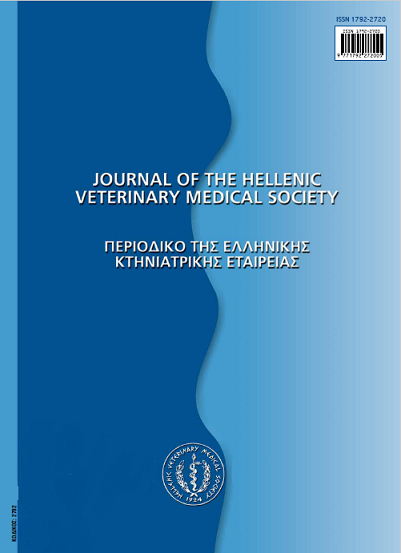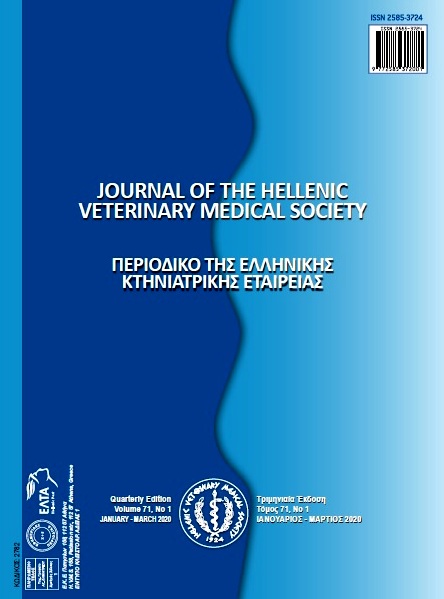Changes in oxidative stress markers during electro-ejaculation procedure in merino rams

Abstract
Electro-ejaculation is a technique used to collect semen from rams. The aim of the study was to evaluate the stress response and the oxidant/antioxidant levels during electro-ejaculation (EE) procedure in merino rams. To assess the effect of this technique, six 3-4 years old merino rams were subjected to semen collection by EE. The technique was applied one time in previously untreated animals. The studied parameters [Heart and respiratory rate, rectal temperature, white blood cell count (WBC), red blood cell count (RBC), hemoglobin (Hb) levels, hematocrit (Hct) value, blood malondialdehyde (MDA) and glutathione (GSH) concentrations, plasma cortisol, nitric oxide (NO), glucose, cholesterol and triglyceride concentrations as well as plasma total antioxidant status (TAS) and total oxidant status (TOS)] were measured before and immediately after electrical stimulation. Heart and respiratory rate, WBC, MDA, glucose, cholesterol and triglyceride concentrations as well as plasma TOS and cortisol concentrations were dramatically increased after EE procedure, whereas rectal temperature, TAS and GSH concentrations were significantly decreased. These results demonstrate that MDA, GSH, TAS and TOS were the most powerful markers for evaluating the oxidant/antioxidant status in merino rams. Furthermore, EE procedure was a stressful situation leading to an oxidative stress, which can be amplified by increased glucocorticoid secretion.
Article Details
- How to Cite
-
FIDAN, A. F., YENI, D., AVDATEK, F., ÖZÇINAR, Ü., & HAZMAN, Ö. (2018). Changes in oxidative stress markers during electro-ejaculation procedure in merino rams. Journal of the Hellenic Veterinary Medical Society, 68(3), 479–486. https://doi.org/10.12681/jhvms.15544
- Issue
- Vol. 68 No. 3 (2017)
- Section
- Research Articles

This work is licensed under a Creative Commons Attribution-NonCommercial 4.0 International License.
Authors who publish with this journal agree to the following terms:
· Authors retain copyright and grant the journal right of first publication with the work simultaneously licensed under a Creative Commons Attribution Non-Commercial License that allows others to share the work with an acknowledgement of the work's authorship and initial publication in this journal.
· Authors are able to enter into separate, additional contractual arrangements for the non-exclusive distribution of the journal's published version of the work (e.g. post it to an institutional repository or publish it in a book), with an acknowledgement of its initial publication in this journal.
· Authors are permitted and encouraged to post their work online (preferably in institutional repositories or on their website) prior to and during the submission process, as it can lead to productive exchanges, as well as earlier and greater citation of published work.




